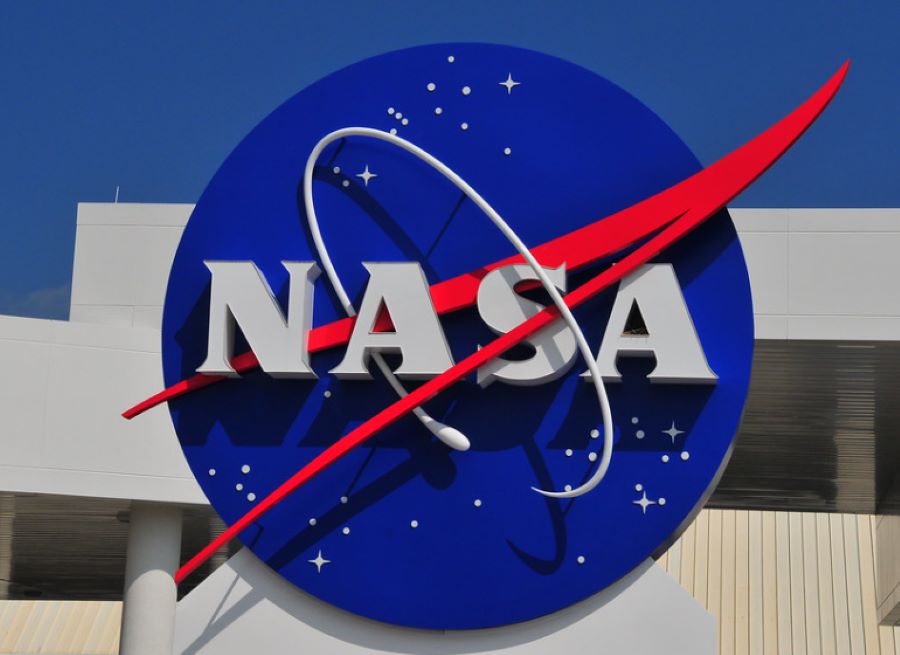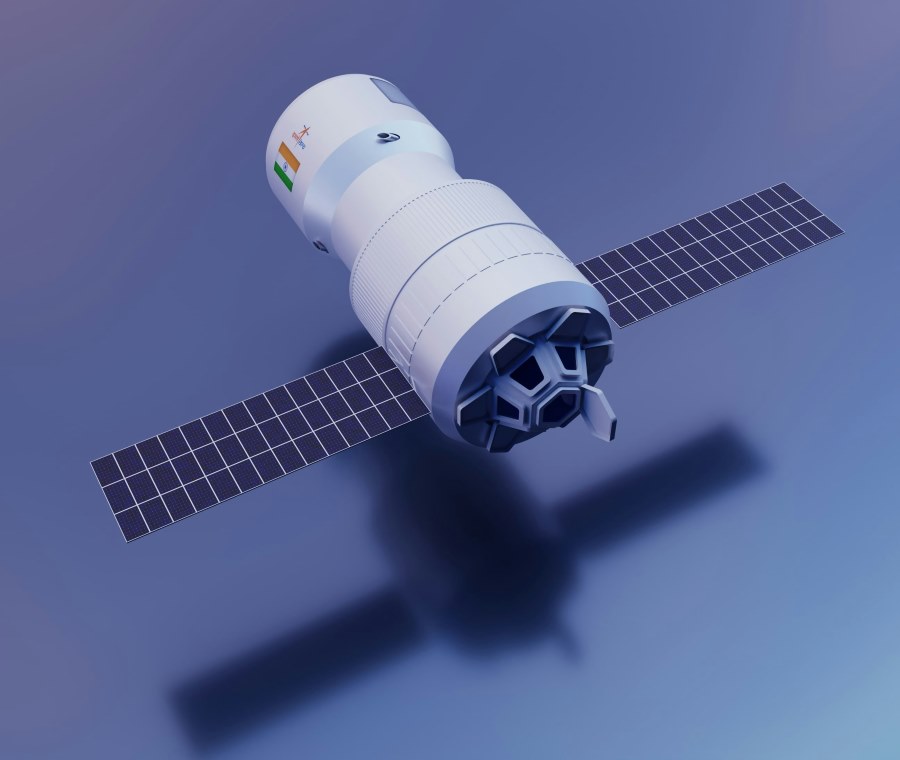7 Crore+ Customers

Affordable Premium

Accessibility Options

General

General Products
Simple & Transparent! Policies that match all your insurance needs.


37K+ Reviews
7K+ Reviews
Scan to download

Life

Life Products
Digit Life is here! To help you save & secure your loved ones' future in the most simplified way.


37K+ Reviews
7K+ Reviews
Scan to download

Claims
Claims
We'll be there! Whenever and however you'll need us.


37K+ Reviews
7K+ Reviews
Scan to download

Resources
Resources
All the more reasons to feel the Digit simplicity in your life!
 Tools & Calculators
Tools & Calculators


37K+ Reviews
7K+ Reviews
Scan to download

37K+ Reviews
7K+ Reviews
Select Preferred Language
Our WhatsApp number cannot be used for calls. This is a chat only number.

Enter your Mobile Number to get Download Link on WhatsApp.
You can also Scan this QR Code and Download the App.


Numerous nations have space agencies to investigate and scrutinise our enigmatic cosmos. NASA in the US and ISRO in India are two of the most prestigious space agencies. They have many administrative similarities and variances.
Numerous successful NASA missions have been completed, including Pioneer, Voyager, Spitzer, Cassini-Huygens, Chandra, Viking, Hubble, and Apollo. ISRO has completed several missions, including Cartosat, PSLV-C37, Chandrayaan-1, and Mangalyaan-1. Read to know the key differences between the two.



The National Aeronautics and Space Administration, known as NASA, is the U.S. government organisation responsible for air and space science and technology. The Soviet satellite Sputnik's launch in 1957 officially began the Space Age. NASA commenced operations on October 1, 1958.
The organisation was established to supervise American space exploration and aviation research. NASA is under the administrator's direction. The president nominates the NASA administrator, who is then approved by a Senate vote.

India's governmental space agency is called the Indian Space Research Organisation (ISRO). It functions as the leading R&D division of the Department of Space (DoS), which is directly under the direct supervision of the Indian Prime Minister. The Chairman of ISRO also holds the position of chief executive of the DoS.
ISRO runs the GAGAN and IRNSS (NavIC) satellite navigation systems and possesses the world's largest constellation of remote-sensing satellites. It has launched one mission to Mars and three to the Moon. Space-based activities, space exploration, international space cooperation, and related technology development are the main areas of responsibility for ISRO.
ISRO and NASA have visions for space explorations and were created for the same purpose. However, there are a few common differences between them. The table below explains the difference between ISRO and NASA:
| Basis | ISRO | NASA |
| Full Forms | Indian Space Research Organisation is referred to as ISRO. | The National Aeronautics and Space Administration is known as NASA. |
| Establishment | It wasn't founded until 1969, which is a lot later. | The establishment took place in 1958. |
| Evolution | An Indian space programme called the Indian National Committee for Space Research (INCOSPAR) was founded, and it eventually evolved into ISRO. | NASA has replaced the National Advisory Committee for Aeronautics (NACA). |
| Administration | The government of India established ISRO's foundation, and the Department of Science in India retains the administrative and supervisory roles. | The federal government funded the establishment of a national space programme to conduct aerospace and aeronautics research. The programme functions independently and is under the direction and authority of the US government. |
| Headquarters | The headquarters is in the Indian region of Bangalore. | Washington, DC, serves as the organisation's headquarters in the United States of America. |
| Funding | ISRO is funded by the Department of Space (DOS) and the Government of India (GOI). | The yearly federal budget, approved by the US Congress, provides financing for the National Aeronautics and Space Administration (NASA), a federal agency. |
Since these agencies were founded, they have had several achievements to their credit. Below are a few examples of the accomplishments of NASA and ISRO:
| ISRO | NASA |
| ISRO created the first Indian satellite. In 1975, it was started in cooperation with the Soviet Union. | It carried out its 1091 unmanned shuttle launch. It carried out 109 manned space missions as well. |
| Five years later, ISRO launched Rohini, the second satellite built entirely in India. | NASA has several successful programmes, one of which is Visit Moon. |
| It created the PSLV to launch several satellites into polar orbits. | The International Space Station is supported by Space Shuttle, which also launched the Skylab space station. |
| India became the first country to reach Mars on its first attempt with the Mars Orbiter Mission (MOM). PSLV C37 launched 104 satellites using a single rocket. India's first space mission to the moon, Chandrayaan, launched in 2008. | The first space mission to land on the moon, Apollo 1, carried Neil Armstrong and Buzz Aldrin in 1969. The Hubble Space Telescope, the largest telescope to be deployed into a lower earth orbit, was launched in 1990. |
| On August 23, 2023, at 6:04 PM IST, India's Chandrayaan-3 mission succeeded in landing on the south pole of the moon. The lander module, Vikram, and the rover, Pragyan, landed at Shiva Shakti Point, which is now officially known as "Shiva Shakti". | In 2023, NASA honoured astronaut Frank Rubio for becoming the first American to spend more than a year in space and returning samples from an asteroid to Earth. |
Comparing the National Aeronautics and Space Administration (NASA) and the Indian Space Research Organisation (ISRO) is challenging due to their distinct budgets, priorities, histories, and goals. Both organisations have accomplished outstanding accomplishments in their missions and have made significant contributions to space exploration.
Renowned space agencies NASA and ISRO have created numerous exceptional capabilities that are helpful to the general public. Since its founding in 1958, NASA has worked with academic institutions, contractors, and other organisations located in the US. Conversely, ISRO was founded in 1969 to create space programmes to promote economic growth. Regardless of their location or the bodies in supervision and administration, both space centres have succeeded in many space programmes and missions.
ISRO stands for Indian Space Research Organisation. The government of India's space agency is responsible for the country's space research and exploration programs.
ISRO stands for Indian Space Research Organisation. The government of India's space agency is responsible for the country's space research and exploration programs.
NASA stands for National Aeronautics and Space Administration. The United States government agency is responsible for the nation's civilian space program and aeronautics and aerospace research.
NASA stands for National Aeronautics and Space Administration. The United States government agency is responsible for the nation's civilian space program and aeronautics and aerospace research.
ISRO's achievements include launching the Mars Orbiter Mission (Mangalyaan), which made India the first Asian country to reach Martian orbit, and the successful Chandrayaan missions to the Moon.
ISRO's achievements include launching the Mars Orbiter Mission (Mangalyaan), which made India the first Asian country to reach Martian orbit, and the successful Chandrayaan missions to the Moon.
NASA's achievements include landing humans on the Moon during the Apollo missions, developing the Space Shuttle program, and operating the Mars rovers Spirit, Opportunity, and Curiosity.
NASA's achievements include landing humans on the Moon during the Apollo missions, developing the Space Shuttle program, and operating the Mars rovers Spirit, Opportunity, and Curiosity.
ISRO operates under the Department of Space, Government of India, while NASA operates under the United States federal government as an independent agency.
ISRO operates under the Department of Space, Government of India, while NASA operates under the United States federal government as an independent agency.
NASA typically receives a larger budget than ISRO. The U.S. Congress allocates NASA funding, while the Government of India decides ISRO's budget.
NASA typically receives a larger budget than ISRO. The U.S. Congress allocates NASA funding, while the Government of India decides ISRO's budget.
ISRO focuses heavily on cost-effective satellite launches, applications for national development, and planetary exploration. NASA focuses on various missions, including space exploration, scientific research, and international collaboration.
ISRO focuses heavily on cost-effective satellite launches, applications for national development, and planetary exploration. NASA focuses on various missions, including space exploration, scientific research, and international collaboration.
ISRO and NASA collaborate on various space missions through partnerships in satellite launches, scientific research, and data sharing. Examples include joint missions like the NASA-ISRO Synthetic Aperture Radar (NISAR) satellite.
ISRO and NASA collaborate on various space missions through partnerships in satellite launches, scientific research, and data sharing. Examples include joint missions like the NASA-ISRO Synthetic Aperture Radar (NISAR) satellite.
ISRO has developed cost-effective satellite launch vehicles, such as the Polar Satellite Launch Vehicle (PSLV) and the Geosynchronous Satellite Launch Vehicle (GSLV), which have gained international recognition for their reliability and affordability.
ISRO has developed cost-effective satellite launch vehicles, such as the Polar Satellite Launch Vehicle (PSLV) and the Geosynchronous Satellite Launch Vehicle (GSLV), which have gained international recognition for their reliability and affordability.
NASA has contributed numerous technologies, such as advancements in space shuttle technology, the development of the International Space Station (ISS), and pioneering robotic missions to explore distant planets and asteroids.
NASA has contributed numerous technologies, such as advancements in space shuttle technology, the development of the International Space Station (ISS), and pioneering robotic missions to explore distant planets and asteroids.
ISRO's Mars Orbiter Mission (Mangalyaan) was notable for being cost-effective and successful on its first attempt. NASA has undertaken multiple Mars exploration missions, including rovers and orbiters, contributing significantly to our understanding of the Red Planet.
ISRO's Mars Orbiter Mission (Mangalyaan) was notable for being cost-effective and successful on its first attempt. NASA has undertaken multiple Mars exploration missions, including rovers and orbiters, contributing significantly to our understanding of the Red Planet.
ISRO plans to launch the Gaganyaan mission, India's first manned space mission, and continue its exploration of Mars and the Moon. NASA plans to return humans to the Moon under the Artemis program and explore Mars further with robotic and potentially manned missions.
ISRO plans to launch the Gaganyaan mission, India's first manned space mission, and continue its exploration of Mars and the Moon. NASA plans to return humans to the Moon under the Artemis program and explore Mars further with robotic and potentially manned missions.
ISRO engages in international collaborations primarily through satellite launches and joint missions with various countries. NASA collaborates extensively through the ISS program, international scientific collaborations, and joint missions with other space agencies.
ISRO engages in international collaborations primarily through satellite launches and joint missions with various countries. NASA collaborates extensively through the ISS program, international scientific collaborations, and joint missions with other space agencies.
Both ISRO and NASA face challenges such as funding constraints, technological advancements, international competition, and ensuring the safety of astronauts and payloads during missions.
Both ISRO and NASA face challenges such as funding constraints, technological advancements, international competition, and ensuring the safety of astronauts and payloads during missions.
NASA has had a longstanding cultural impact worldwide, and it is celebrated for its historic achievements, such as the moon landings. ISRO, while gaining recognition for its cost-effective missions, is increasingly seen as a rising player in the global space community, particularly in Asia and developing countries.
NASA has had a longstanding cultural impact worldwide, and it is celebrated for its historic achievements, such as the moon landings. ISRO, while gaining recognition for its cost-effective missions, is increasingly seen as a rising player in the global space community, particularly in Asia and developing countries.